Forex trading strategies for using breakout indicators: Techniques for identifying and trading breakout signals.
In the dynamic world of forex trading, staying ahead of the curve requires a keen understanding of market trends and the ability to capitalize on favorable movements. One potent tool in a trader's arsenal is the breakout indicator, a powerful instrument designed to identify potential market breakouts and provide opportunities for profitable trades. In this article, we will delve into the techniques for effectively using breakout indicators to identify and trade breakout signals in the forex market.
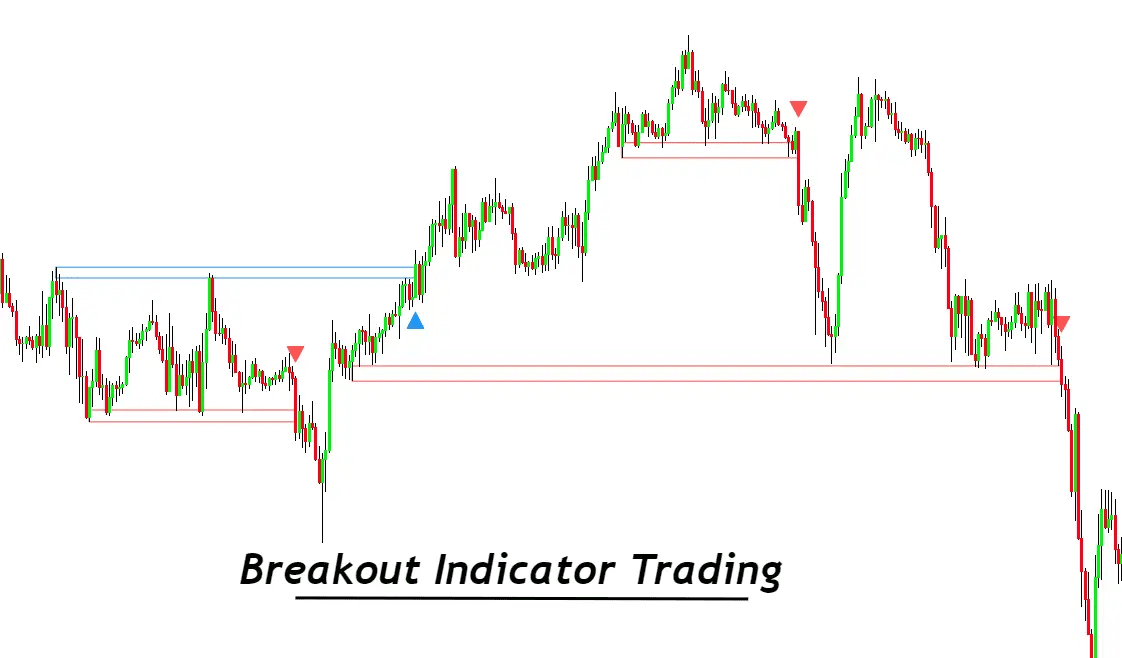
Table Content
I. Understanding Breakouts: Unleashing Market Potential
II. The Breakout Indicator Arsenal
1. Bollinger Bands
2. Donchian Channels
3. Average True Range (ATR)
4. Moving Averages
5. Ichimoku Cloud
III. Techniques for Trading Breakout Signals
1. Confirm with Volume
2. Watch for Retests
3. Set Realistic Targets and Stops
4. Incorporate Multiple Indicators
5. Stay Informed about Market News
IV. Footnote
Understanding Breakouts: Unleashing Market Potential
A breakout occurs when the price of a currency pair breaches a significant level of support or resistance, indicating a potential shift in market sentiment and direction. These breakouts can lead to substantial price movements and present lucrative trading opportunities for those who can identify them in a timely manner.
Breakout indicators are technical tools that help traders spot these crucial moments in the market. These indicators can be applied to charts in various ways, making them indispensable for traders seeking to capitalize on price movements and trends. However, successful trading with breakout indicators demands more than just using them blindly – it requires a deep understanding of the indicators themselves and the market context in which they are employed.
The Breakout Indicator Arsenal
Several popular breakout indicators are widely used by forex traders to predict and respond to market movements:
1. Bollinger Bands
Bollinger Bands consist of a centerline (a simple moving average) flanked by upper and lower bands, which are standard deviations away from the moving average. When the price starts trading near the outer bands, it suggests increased volatility and a potential breakout. Traders often wait for the price to breach the bands before entering a trade.
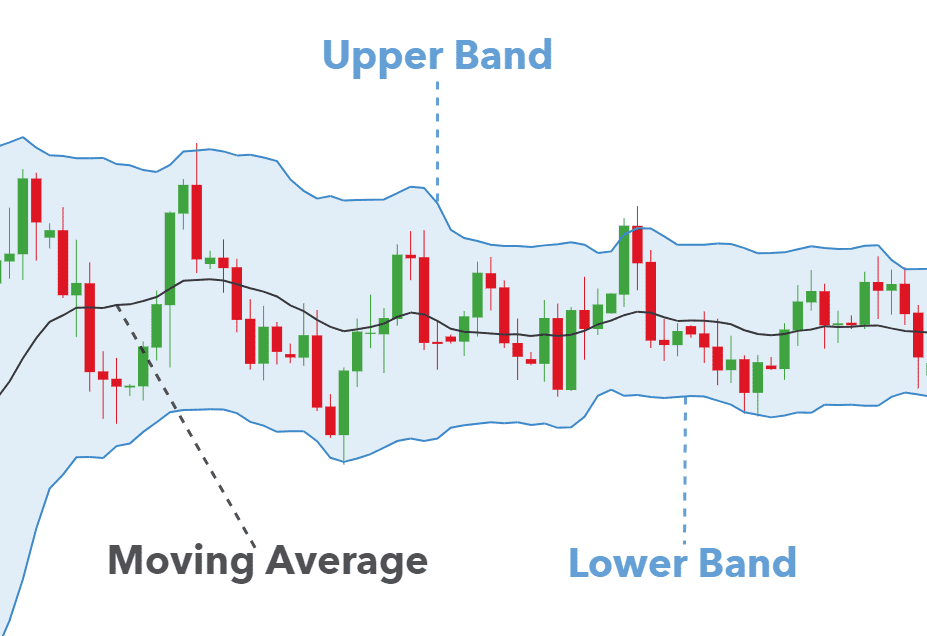
2. Donchian Channels
Donchian Channels highlight the highest high and lowest low over a specified period, forming bands that encapsulate price movements. When the price breaks out of these bands, it indicates a potential trend reversal or continuation. Traders can use these bands to set entry and exit points.
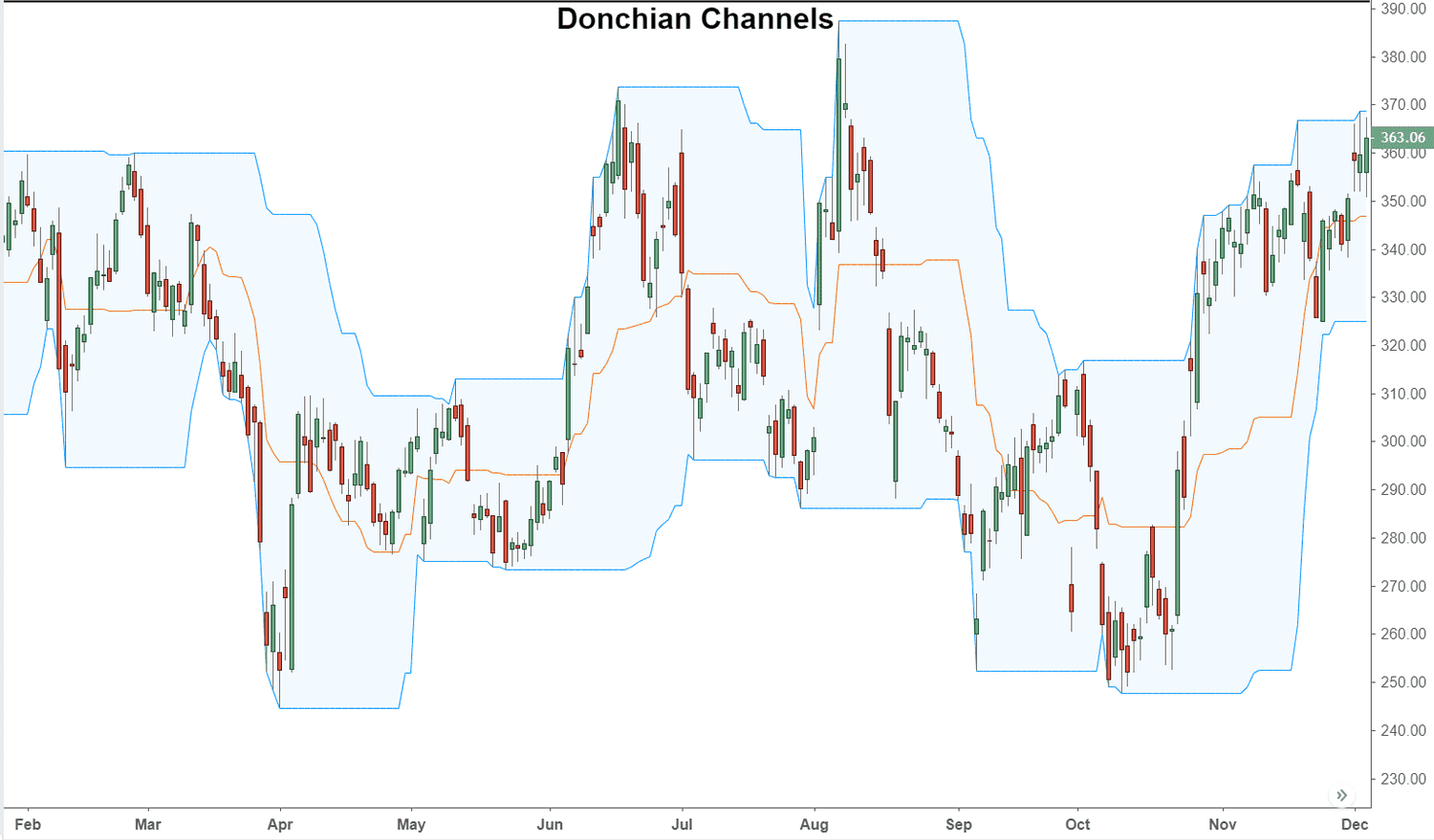
3. Average True Range (ATR)
ATR measures market volatility by calculating the average range between highs and lows over a set period. When the ATR value rises, it signifies increased volatility and the potential for a breakout. Traders often use ATR to determine appropriate stop-loss levels and position sizing.
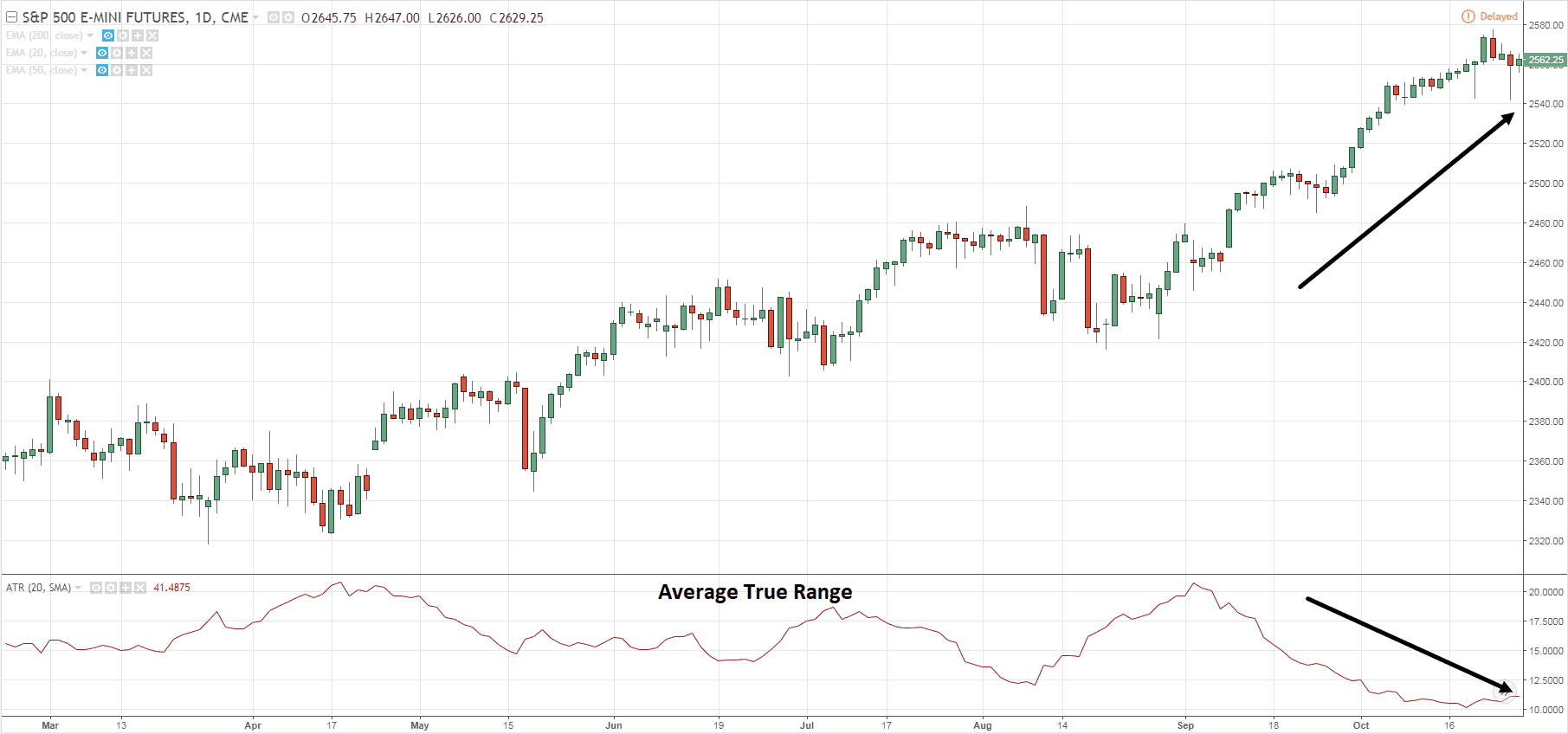
4. Moving Averages
Moving averages smooth out price data over a specific period, helping traders identify the prevailing trend. When the price breaks above or below a moving average, it can indicate the start of a new trend or a potential reversal. Traders often use crossovers of different moving averages to spot breakout opportunities.
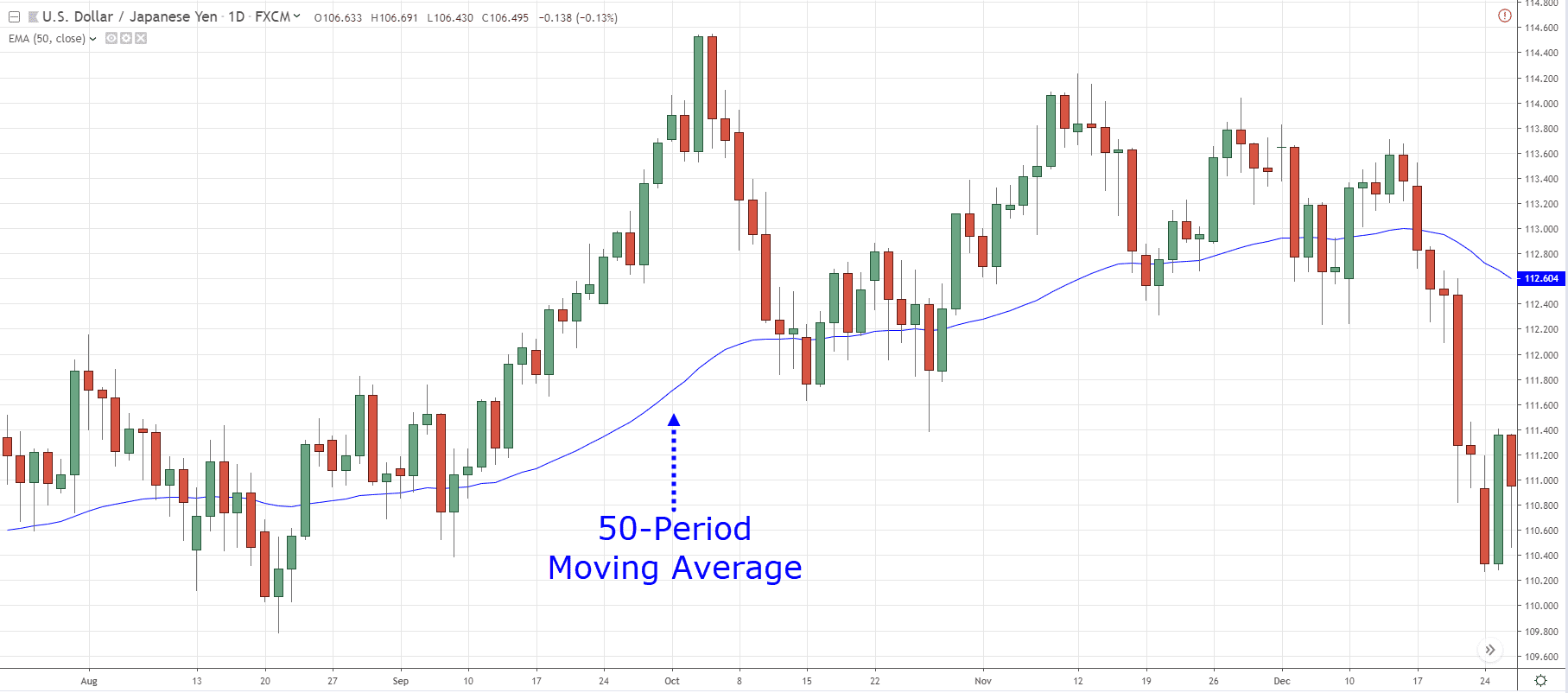
5. Ichimoku Cloud
The Ichimoku Cloud indicator comprises several lines that provide a comprehensive view of support, resistance, and potential breakout levels. When the price moves above or below the cloud, traders interpret it as a potential breakout signal. The various lines also help traders gauge trend strength and momentum.
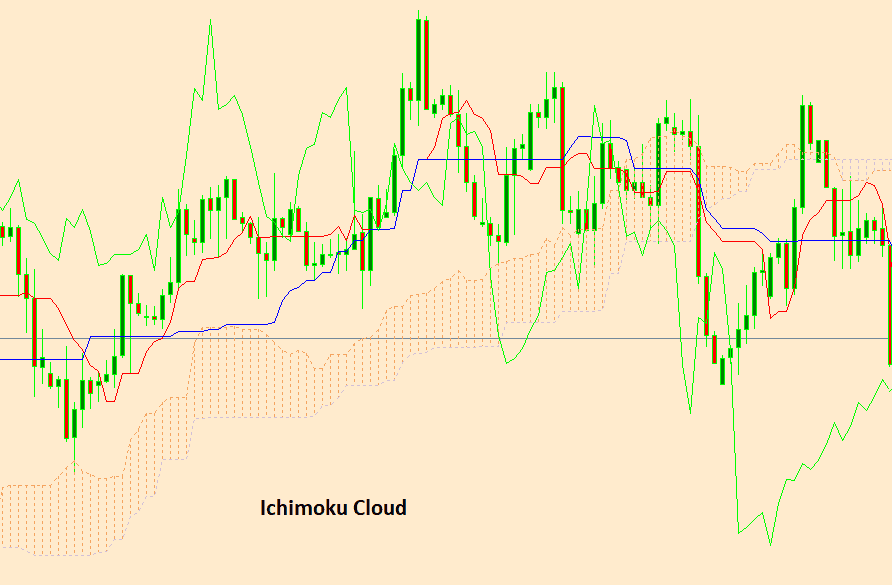
Techniques for Trading Breakout Signals
Identifying potential breakout signals is only the first step. Executing successful trades based on these signals requires a strategic approach and consideration of key factors:
1. Confirm with Volume
Volume is an essential aspect of breakout trading. When the price breaks out of a range with high volume, it suggests strong market conviction and increases the likelihood of a sustained trend. Low volume breakouts, on the other hand, might lead to false signals. Traders should always analyze volume alongside breakout indicators.
2. Watch for Retests
A common practice in breakout trading is to wait for a retest of the broken level before entering a trade. After a breakout, the price often retraces to test the previously breached level, which now acts as support or resistance. Entering a trade on a successful retest can enhance the probability of a profitable outcome.
3. Set Realistic Targets and Stops
Before entering a trade, it's crucial to determine your target profit and stop-loss levels. Breakout trades can be volatile, and without predefined exit points, traders might miss out on potential gains or incur significant losses. Consider using the Average True Range (ATR) to set stop-loss levels that account for market volatility.
4. Incorporate Multiple Indicators
Combining different breakout indicators can provide a more comprehensive view of market conditions. When multiple indicators align to signal a breakout, it increases the likelihood of a successful trade. However, avoid overcomplicating your strategy by using too many indicators – focus on a few that complement each other.
5. Stay Informed about Market News
Breakouts can be triggered by various external factors, such as economic news releases or geopolitical events. Keeping an eye on relevant news can help you anticipate potential breakout opportunities and adjust your trading strategy accordingly.
Footnote
In the dynamic and ever-changing landscape of forex trading, breakout indicators stand as invaluable tools for identifying and trading breakout signals. These indicators empower traders to uncover potential trend shifts and capitalize on significant price movements. However, successful breakout trading requires more than just applying indicators to charts – it demands a deep understanding of market context, confirmation techniques, and strategic execution.
As with any trading strategy, risk management is paramount. Breakout trading, while potentially rewarding, comes with its share of risks due to the volatile nature of breakouts. Traders should always practice disciplined risk management, employ appropriate position sizing, and use stop-loss orders to protect capital.
Incorporating breakout indicators into your trading arsenal can elevate your forex trading strategy to new heights. By mastering the art of identifying and trading breakout signals, you can potentially unlock a world of profitable opportunities in the forex market. Remember, knowledge, practice, and a well-defined strategy are the cornerstones of successful breakout trading.
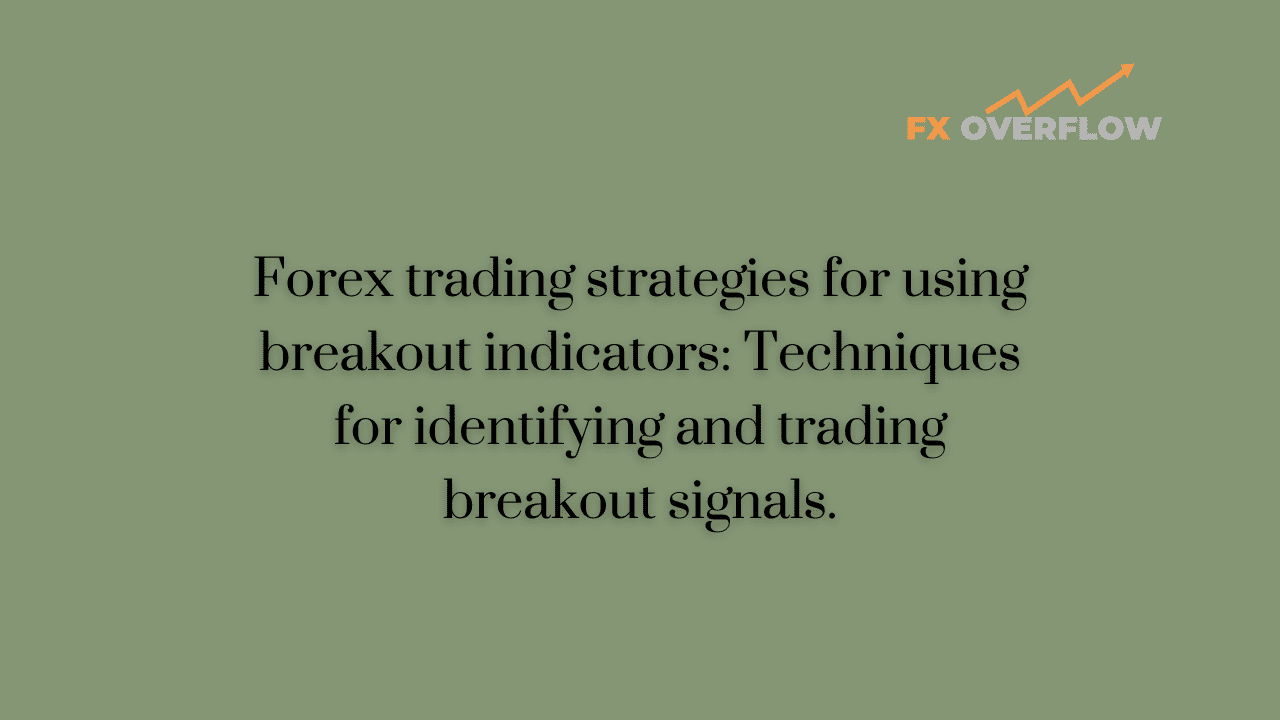










Discussion